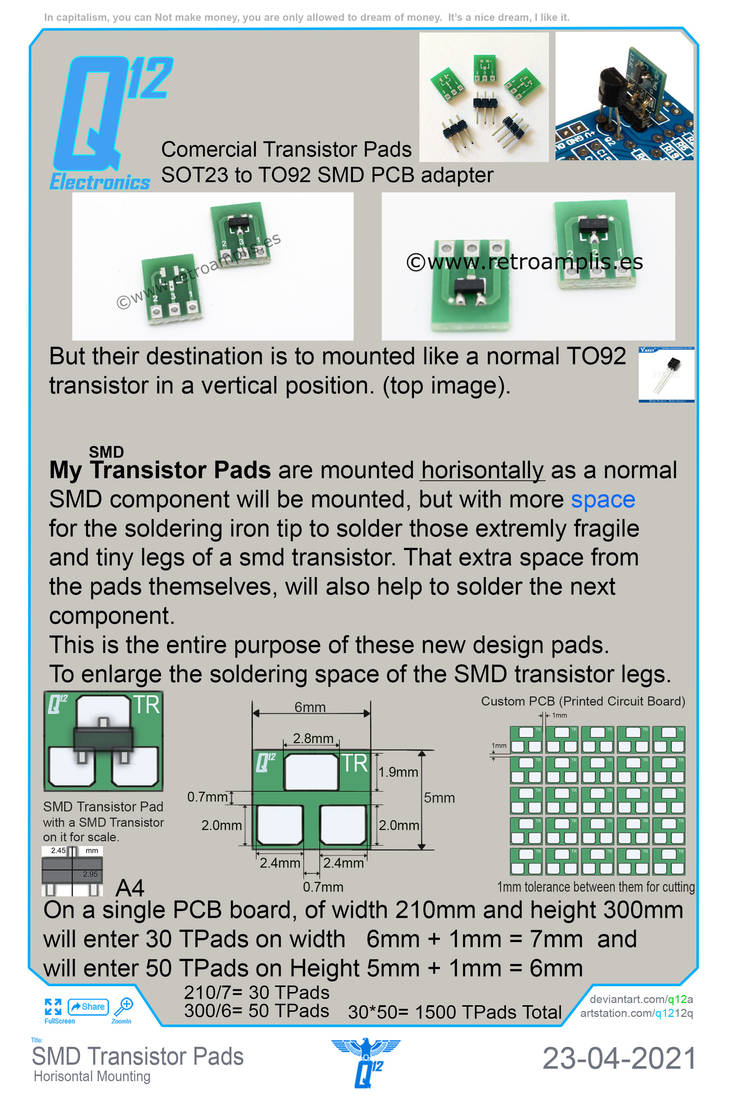_q12x_
DIY
- Reaction score
- 212
I have a electronic board with leds (made by me) that is driving a relay. When that relay is closing it’s contacts, is actually switching the 240V for the light bulb switch in my room. This board is quite long, like 50cm (half a meter). The relay is in the left corner, and the live wires from it goes in behind the board to the hole in the wall for the mains switch. I also have a mild steel sheet behind my board that is grounded. It is shielding the interference of the 50Hz from the live wires from the wall to my sensitive circuit. But even If I have this grounded metal shield behind my board, the live wires from the relay are still affecting my entire circuit board, keeping it ON all the time. If I am disconecting the live wires from the relay, the board is functioning very well. Another IF, is if I disconnect the ground from the metal shield, the circuit board goes nuts. So the shield is doing it's job fine, but only for the live wires inside the wall !!! But not for the wires from the relay to the live switch.
- I want a way to shield these wires !
Thank you !
- I want a way to shield these wires !
Thank you !










